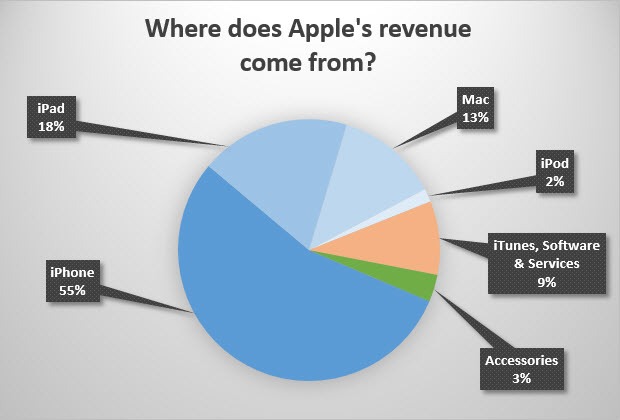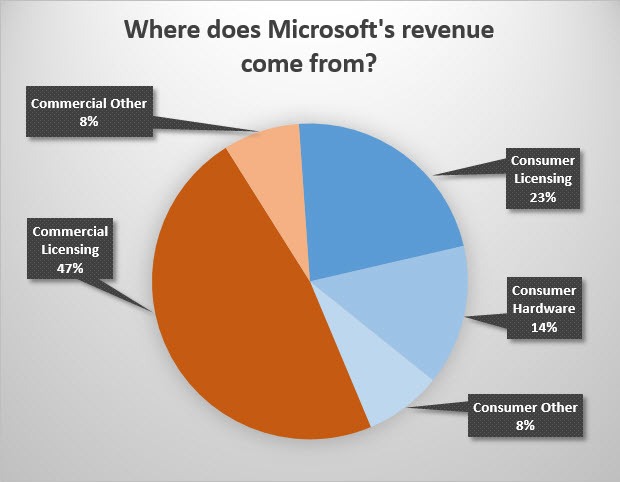So, you think the real estate ‘downturn’ (ok: ‘collapse‘ would be a better word) after the bursting of the bubble was bad? You ain’t seen nothin’ yet.
Trulia and Zillow – two companies who brilliantly found a way to suck the wind out of the real estate industry’s sails by putting the consumer first (something the industry quit doing the moment recruiting was invented) – are joining forces. While the goal, as always, is to maximize revenue, the marriage is one giant leap in the direction of eliminating Realtors as we know them, altogether.
I say it’s about time. Let’s celebrate.
Advances in technology and the success of (non-real estate) companies that put tech in the hands of consumers are rapidly making real estate agents and brokers irrelevant. Back when I was training agents, the factoid supplied by the industry was that 80% of the business would be done by 20% of the agents. The National Association of Realtors is now telling us that 90% of the business is being done by 10% of the agents. So 9 out of 10 people ‘selling’ real estate ought to be asking if you’d prefer paper or plastic instead. If that’s not a definition of irrelevance, I don’t know what is.
If you’ve paid any attention to this blog over the past 5 years (our anniversary is next month), you know I believe real estate brokers got off track way back in the early 70s. That’s when the accent in their business shifted from selling real estate to recruiting. It quit being about the consumer and started being about the agent. Innovation focused on how to enable agents to make more money (Re/Max et.al.) rather than how to better serve the customer. Per person productivity started to slide and has never stopped. That’s what’s brought us to this 90/10 place.
The ultimate insanity happened over the past decade as Multi-Level Marketing invaded real estate. Several companies incorporated the concept into their recruiting platforms and a number of new companies were built entirely around it. Having done some contract work for a couple of these organizations, here is my somewhat jaded description of the real estate MLM operating system:
Since most real estate agents are worth just 4 or 5 deals a year . . . and since nobody can live on that . . . if we can get every agent we have to recruit every other agent they know to be on their ‘Team’ (so whenever anyone lucks up and sells anything everyone gets paid) . . . even bad real estate agents can make enough on the production of others to keep going . . . and so on.
Hear this: if there is enough commission in the deal so that Suzie and her broker get paid when her cousin’s house sells, so that an outside selling broker and agent get paid, so that the six people in Suzie’s upline (some of whom don’t even know Suzie and most of whom had no idea a transaction was working) get paid . . . well, there’s way too much commission in the deal. This is how the industry self-destructs in its final moments.
Also hear this: if you think consumers don’t know or don’t care about this, you are not paying attention. They are painfully aware. No matter how much they love you, even if they think you did a good job, part of them  locks down in quiet rage when they see the commission line on the Closing Statement. GodZillow and others are increasingly giving consumers a way to accomplish the task of buying and selling real estate without you. (By the way, that is not a reference to the Lord, but rather to the Japanese monster who wrecked Tokyo in the 60s and San Francisco last year).
locks down in quiet rage when they see the commission line on the Closing Statement. GodZillow and others are increasingly giving consumers a way to accomplish the task of buying and selling real estate without you. (By the way, that is not a reference to the Lord, but rather to the Japanese monster who wrecked Tokyo in the 60s and San Francisco last year).
So Help-U-Sell: what does this mean for you?
You’re different, remember? Or did you forget? Did the realization during the last downturn that buyers are very important cause you to emulate the antics of your competitors? Did you put the accent (and the dollar) on generating buyer leads? Are you spending more time showing property than listing it? If so, you’re off track too – and headed for the junk heap.
Ours is a gorgeous operating system custom designed for the reality of irrelevant agents. If implemented properly, it positions you to be the beloved alternative to the rabid dinosaur that is the dying industry. It is real estate that makes sense, without the smoke, without the mirrors, without the crap. But you have to do it right. That means:
- Focus on dominating listings in a specific target market. (By the way: I think it’s time we quit measuring market share by closed sides. Count listings. That’s all that matters for us. Let everyone else do it the other way).
- Market your services in a tangible, geographically targeted manner, emphasizing VISIBILITY. Get your logo out everywhere in your target market. Signs of all kinds, billboards, bus benches, car wraps, directionals, postcards, door hangers and so on.
- Market to Sellers only. That’s where your superior consumer offer is aimed. Save sellers tons of money and let them spread the word about you . . . and the buyers will line up to do business with you.
- Stop recruiting! What were you thinking anyway? Build a team of support staff that helps you take care of the business you have created. Sure, have buyers agents – you’re going to need them – but don’t ever forget that every person in the company is supporting your effort. It’s your business.
- Remember that not every listing needs the involvement of outside brokers to sell. The best will sell without the MLS and those sellers will save huge amounts of money, which doesn’t affect your bottom line and makes you a hero. Go for it.
- Remind yourself that sometimes, with minimal effort, sellers can find their own buyers and thereby can achieve maximum savings. Stop convincing yourself that nobody wants that. Open your mind up to possibility.
- Implement the 180° Theory of Help-U-Sell Success: learn as much as you can about what your competitors are doing and then do the exact opposite!
We got here by being different. We got here by putting consumers first, by focusing on doing great work for them and charging them less. Quit chasing buyers, get back to basics, become the Anti-Realtor and you’ll do fine as the industry implodes. I’ve never been surer of anything in my life.
(Thanks, Robbie)

 Next Tuesday, June 2, at 9am Pacific Time (Noon Eastern), Alejandro Naranjo and I will be conducting a one hour session on how to setup and effectively use a YouTube Channel to boost website traffic and increase leads.
Next Tuesday, June 2, at 9am Pacific Time (Noon Eastern), Alejandro Naranjo and I will be conducting a one hour session on how to setup and effectively use a YouTube Channel to boost website traffic and increase leads. locks down in quiet rage when they see the commission line on the Closing Statement. GodZillow and others are increasingly giving consumers a way to accomplish the task of buying and selling real estate without you. (By the way, that is not a reference to the Lord, but rather to the Japanese monster who wrecked Tokyo in the 60s and San Francisco last year).
locks down in quiet rage when they see the commission line on the Closing Statement. GodZillow and others are increasingly giving consumers a way to accomplish the task of buying and selling real estate without you. (By the way, that is not a reference to the Lord, but rather to the Japanese monster who wrecked Tokyo in the 60s and San Francisco last year).

